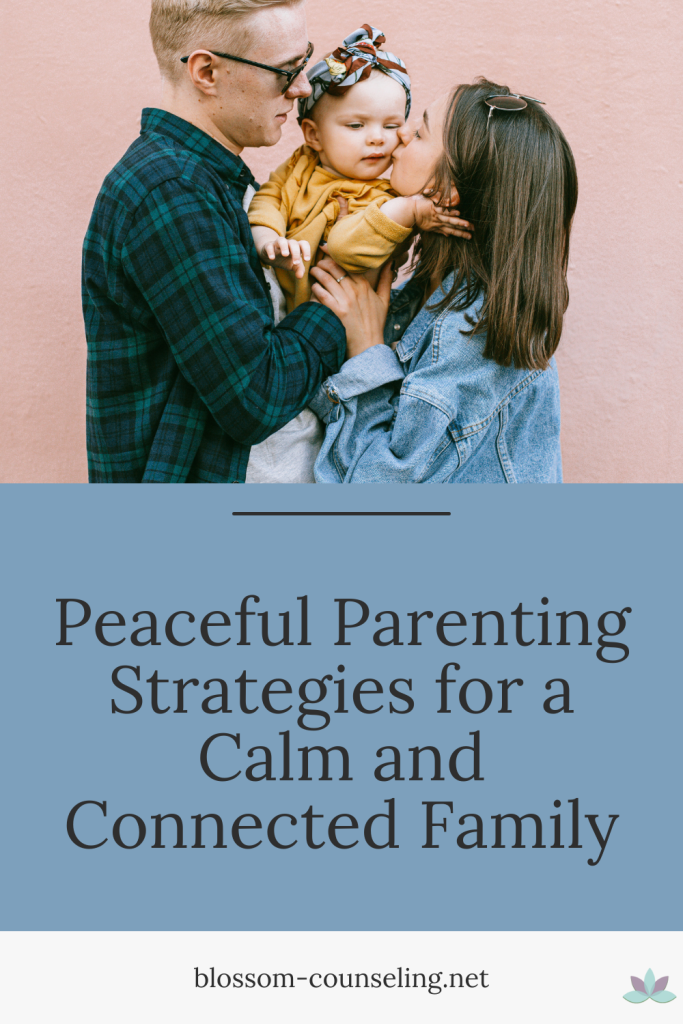 Somewhere along the line—maybe when you were trying to make everyone proud, keep the peace, or live up to what was expected—you started showing up as who you thought you were supposed to be, not necessarily who you actually are.
Somewhere along the line—maybe when you were trying to make everyone proud, keep the peace, or live up to what was expected—you started showing up as who you thought you were supposed to be, not necessarily who you actually are.
Maybe you became the one who always had it together. Or maybe you learned to play small because being “too much” didn’t feel safe. Sometimes it’s not even a conscious choice. It happens quietly through family dynamics, culture, or the simple need to belong. You start molding yourself to fit, until one day, it just feels like you’ve outgrown your own skin.
The truth? Living like that can be exhausting. It leaves little space for joy or authenticity—and eventually, it catches up to you.
Unlearning who you were told to be isn’t about breaking rules or burning bridges. It’s about getting curious. It’s about remembering what feels real for you: your voice, your values, your preferences, your boundaries. It’s about finding the version of yourself that feels genuine, even if that means letting go of what once felt familiar.
How the “Supposed To” Starts
From a psychological perspective, we start learning these patterns early. Kids adapt to what earns them love, safety, or acceptance. Maybe you learned that staying quiet made things easier, or that achievement earned approval. Those lessons can turn into unspoken rules:
“I have to say yes or I’m selfish.”
“If I’m not productive, I’m failing.”
“People only like me when I’m easy to be around.”
But those rules don’t leave much room for who you actually are. They create a disconnect between your true self and the version of you that keeps everyone else comfortable. Over time, that gap can show up as anxiety, burnout, resentment, or that quiet sense that something’s missing.
Signs You’ve Outgrown the Script
You might notice you:
- Feel like you’re performing instead of living
- Struggle to make decisions without guilt
- Feel drained from people-pleasing or overthinking
- Can’t remember what you actually enjoy
- Keep up an image that doesn’t really feel like you
That uneasy feeling isn’t failure—it’s feedback. It’s your mind and body saying, “Hey, there’s more to me than this.”
Starting the Unlearning Process
Change doesn’t have to be dramatic. It can start small and intentional.
1. Notice the shoulds.
When you catch yourself thinking “I should,” pause and ask—whose voice is that?
2. Pay attention to discomfort.
If the idea of doing things differently brings guilt or anxiety, that’s data. It means you’re challenging something deeply learned.
3. Reconnect with what feels like you.
Spend time alone. Reflect. Try things that used to bring you joy. The goal isn’t perfection—it’s honesty.
4. Allow yourself to evolve.
You’re allowed to change. You don’t owe anyone the older version of you just because it made them comfortable.
5. Choose spaces that support growth.
Surround yourself with people who encourage your voice, not silence it. Sometimes, that means finding support through therapy, too.
Coming Home to Yourself
Unlearning who you were told to be isn’t starting over—it’s a homecoming. Beneath all the “shoulds” and roles is someone who’s already enough. Someone who’s capable, kind, and whole.
It takes time to reconnect with that version of yourself—but every small act of awareness is progress. And in that process, you’re not becoming someone new. You’re remembering who you’ve been all along.




